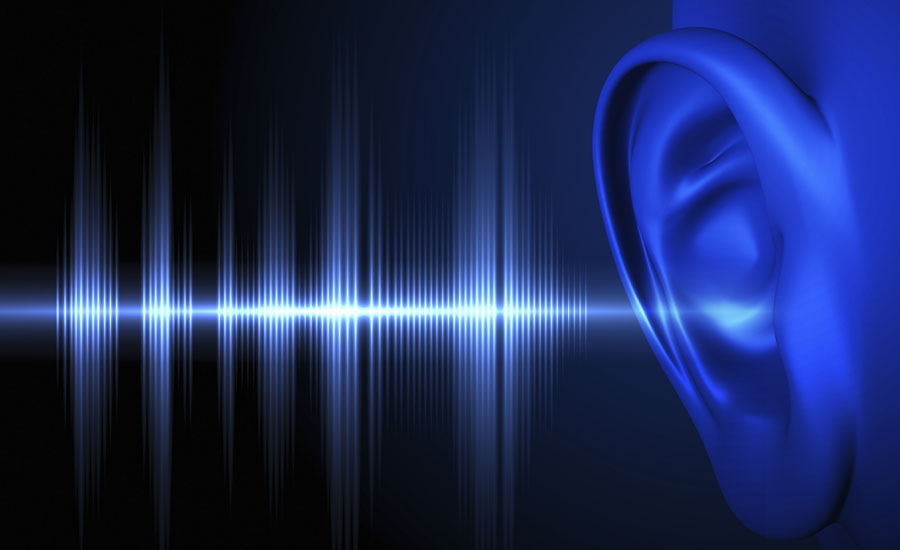Workplace hearing loss at epidemic levels
22 million workers exposed to hazardous noise each year, making hearing loss 3rd most common chronic physical condition among adults

May happens to be Better Hearing Month, but every month has become hazardous these days to the unprotected ears of millions of U.S. workers. On May 1, the International Safety Equipment Association (ISEA) launched "Listen Today to Hear Tomorrow," a hearing loss prevention campaign to raise awareness and educate workers and employers. Employers and workers will be able to get links to noise-level apps and request free earplugs online at HearingAtWork.org.
How loud is too loud? Workers exposed to workplace noises higher than 85 decibels (dBA) averaged over 8 hours should wear hearing protection, according to the National Institute of Occupational Safety and Health (NIOSH is part of the Centers for Disease Control and Prevention). For every 3 dB above 85 dBA, permissible exposure time is cut in half. So, noise exposure at 85 dBA for 8 hours is the same as 100 dBA for 15 minutes.
Everyday noises are more dangerous than people realize:
- Carpenters daily noise exposure: 85-107 dBA
- Farmers daily noise exposure: 85-90 dBA
- Groundskeepers: 82-102 dBA
- Music Teachers: 84-91 dBA
- Other examples:
○ A forklift in a warehouse is 96 dBA
○ A jackhammer is 105 dBA
○ A belt sander is 93 dBA
○ A leaf blower is 90 dBA
Permanent noise-induced hearing loss is irreversible. It's personally and economically devastating. And it's usually preventable with proper hearing protection.
Business Impacts
The effects of employee hearing loss on a business can be staggering:
- The risk of on-the-job injuries increases.
- Workplace noise not only leads to hearing loss (including tinnitus), but also creates health problems, like stress, anxiety, chronic fatigue, high blood pressure, cardiovascular and gastrointestinal problems in workers.
- Those effects hit the bottom line by sapping employee productivity, harming morale, and boosting healthcare costs.
Worker Impacts
The personal effects on workers can be even more profound. Hearing loss can mean:
- Inability to qualify for jobs that require good hearing.
- Difficulty communicating on the job with co-workers.
- Difficulty communicating with loved ones.
- Home safety problems (e.g., inability to hear smoke or CO alarms and inability to hear a family member calling out for help).
Visit HearingAtWork.org to get free earplugs, download noise-level apps, and get additional information.
Looking for a reprint of this article?
From high-res PDFs to custom plaques, order your copy today!





